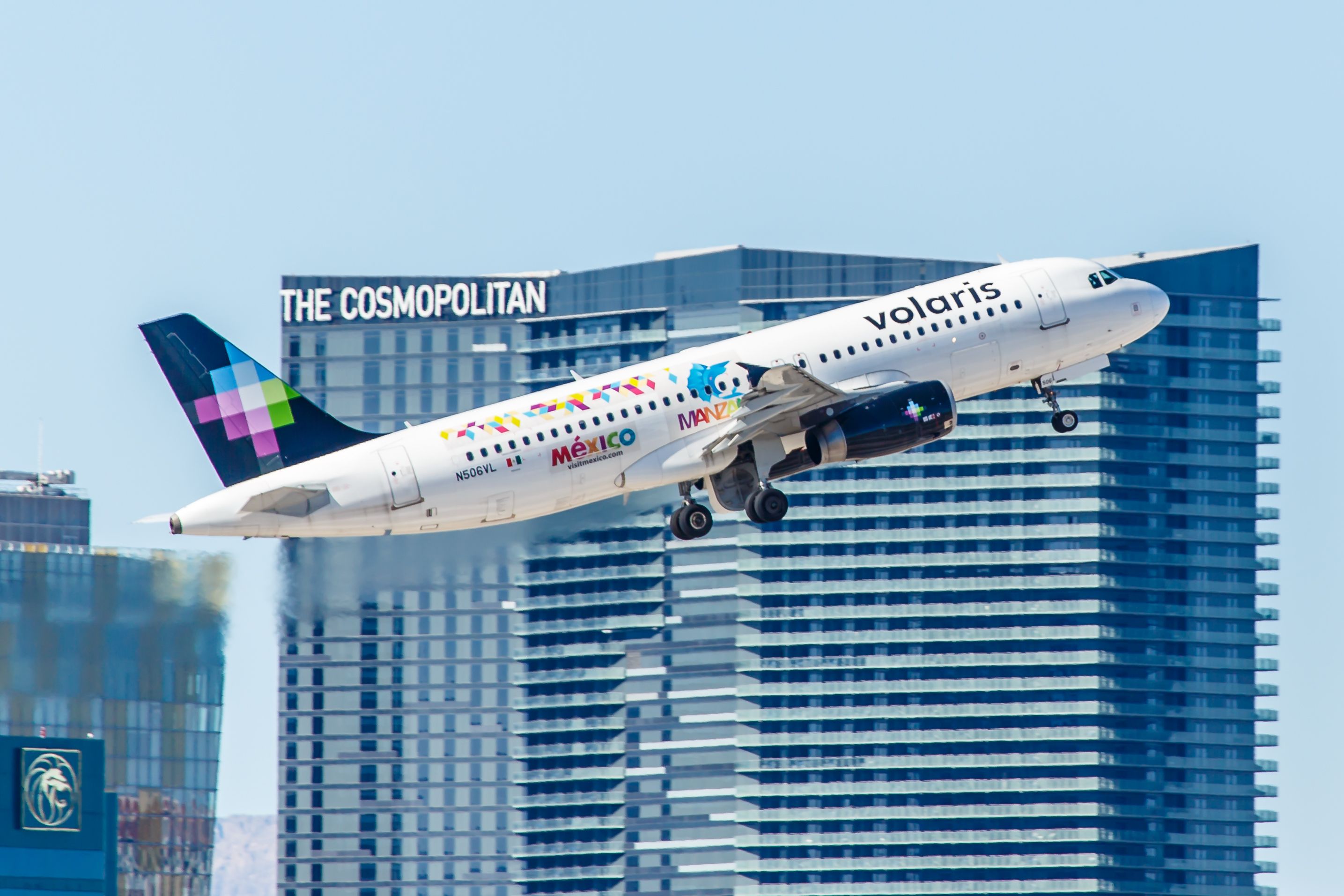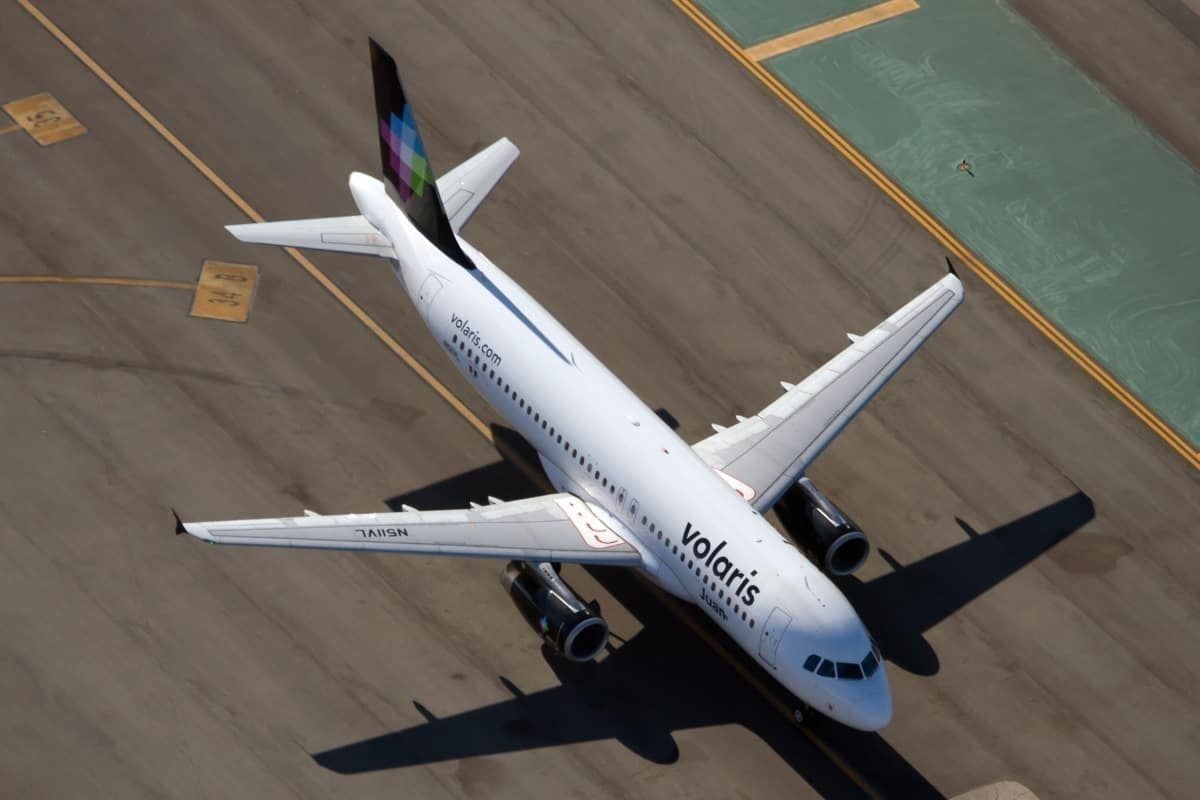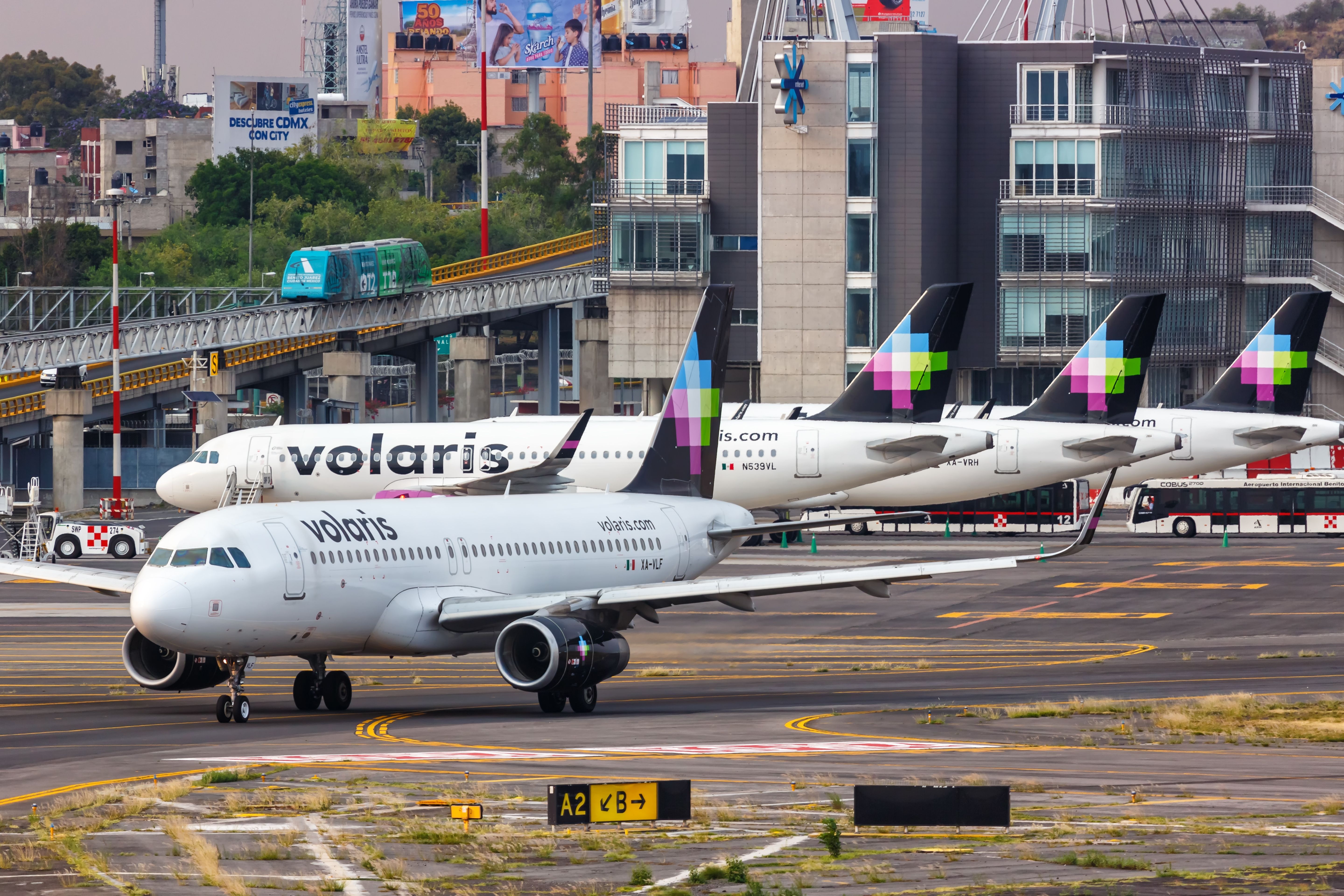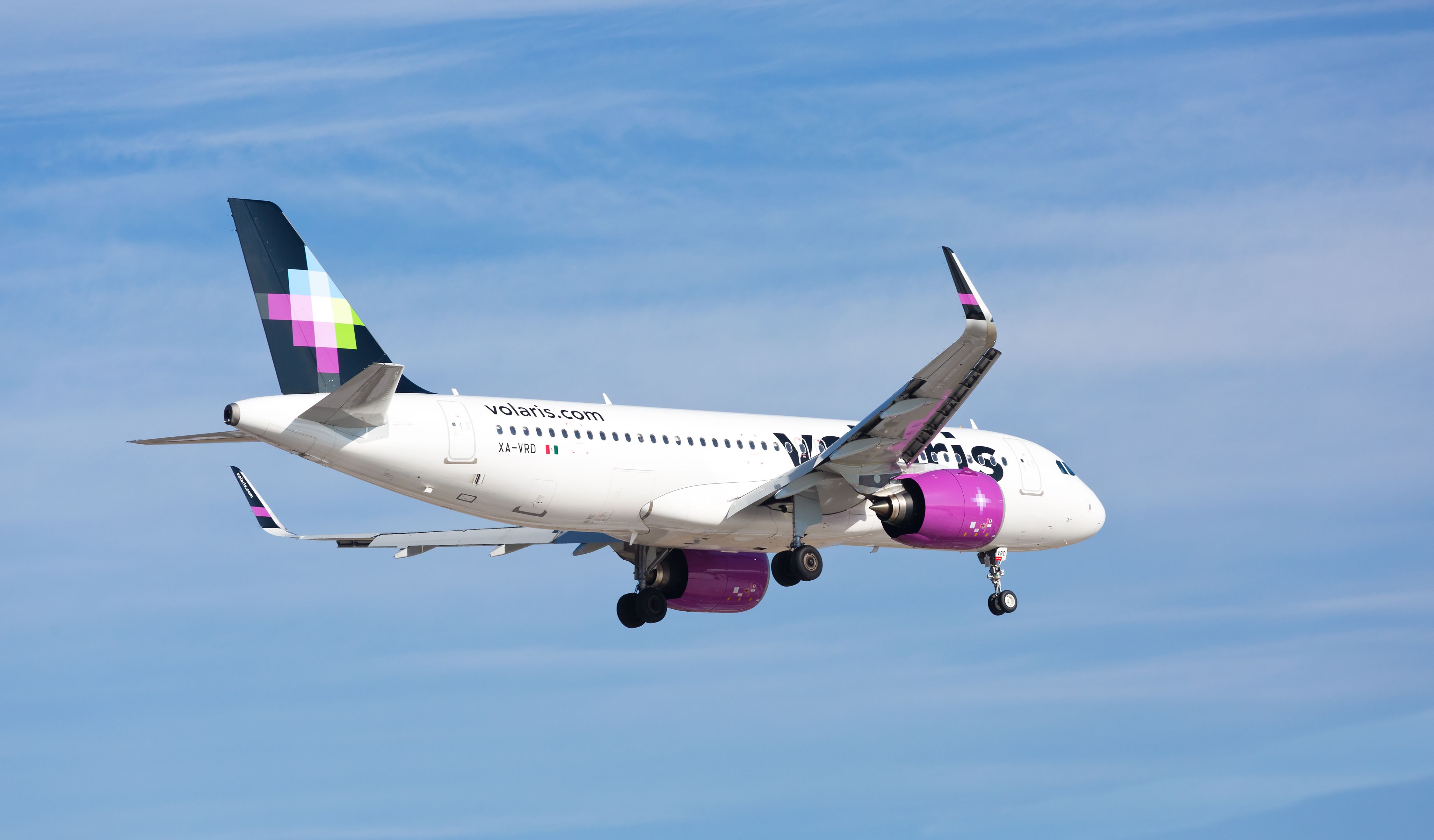Mexican ultra-low-cost carrier Volaris just had the best year in its history from an operational view, breaking all kinds of records, adding new aircraft, and launching new routes. Despite that, the airline understands there’s uncertainty in the near future.
It was a good year for Volaris
In 2022, Volaris managed to surpass the excellent results it had in 2019 and 2021. The ultra-low-cost airline leveraged its growth on a hot Mexican market following the COVID-19 pandemic and the disappearance of former competitor, Interjet, which used to carry about 15 million passengers per year prior to the pandemic. When the Sukhoi and Airbus-based carrier collapsed, it left a big gap ready to be filled by local airlines. Volaris and Viva Aerobus rose to the occasion and took over the market.
Volaris began 2022 operating 185 routes with a fleet of 101 aircraft. In 2021, the airline carried around 24 million passengers, an all-time record set just one year after the pandemic created global havoc in the airline industry. After twelve months, Volaris closed in 2022, offering 200 routes and 117 aircraft. Moreover, it carried 28 million passengers between January and November.
The airline has not yet revealed the operational results of December –peak season across the country– but it may have surpassed the 30-million-passengers mark for the first time in its history. In November alone, the airline had 2.74 million passengers flying, so reaching 30 million overall should not be a surprise.
Challenges remain
Despite the Mexican airlines posting excellent traffic results, the domestic airline industry still faces plenty of uncertainty. Until the third quarter of 2022, Mexico’s top three airlines –Volaris, Viva Aerobus, and Grupo Aeromexico– all faced financial net losses due to rising fuel costs and global uncertainty. None of these airlines have published their fourth-quarter financial results yet.
The Mexican government must also address the Category 2 downgrade from the Federal Aviation Administration (FAA). Being in Category 2 prohibits Mexican carriers from launching new routes to the United States or employing new aircraft on existing routes to this country. Volaris has canceled at least one planned route to the US, which would have connected Mexico City’s new Felipe Ángeles International Airport with Los Angeles International Airport last December.
Finally, the overall Mexican airline industry is holding its breath while the government discusses the possibility of allowing eighth and ninth freedoms in the country through a law reform. If this reform is approved, foreign carriers could theoretically enter the country and operate domestic routes competing directly with local airlines.
Volaris’ fleet growth in 2022
The Mexican ultra-low-cost carrier has grown extensively since it launched operations with six Airbus A319s in 2006. Volaris currently operates a fleet of 117 aircraft in three countries, Mexico, Costa Rica, and El Salvador. Most of the airline’s fleet is based in Mexico, with only a handful of jetliners operating commercial services for Volaris Costa Rica and Volaris El Salvador.
According to data by ch-aviation, Volaris currently has four A319s, 40 A320ceos, 45 A320neos, ten A321ceos, and 17 A321neos. The airline still expects to receive 119 additional aircraft in the future, including 27 A320neos and 92 A321neos.
What do you think about Volaris’ results in 2022? Let us know in the comments below.
Source: ch-aviation




